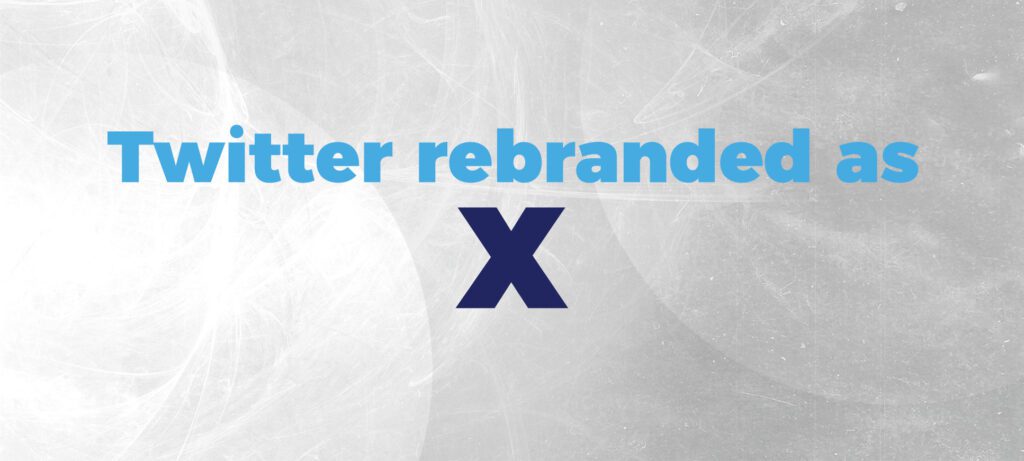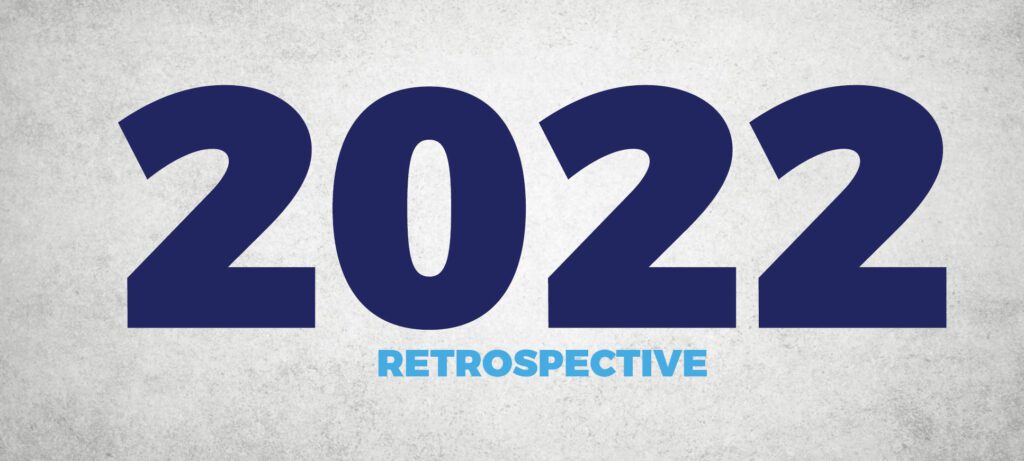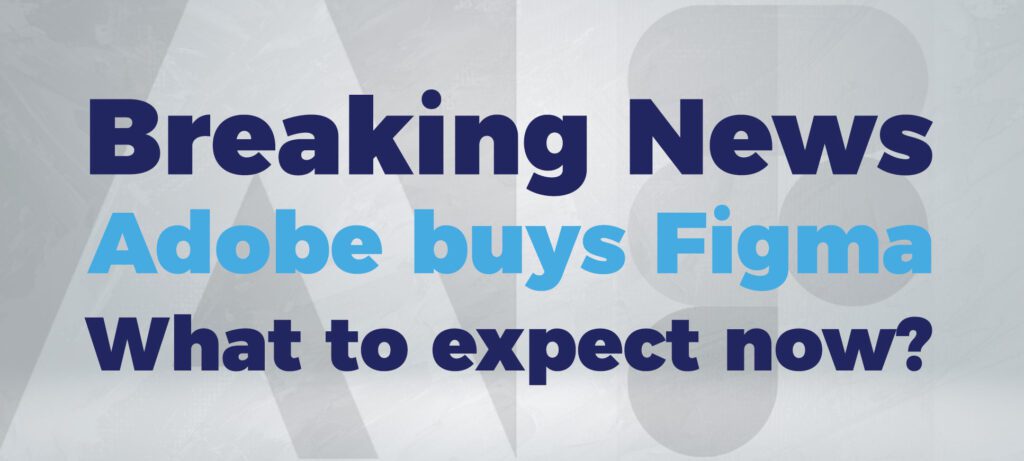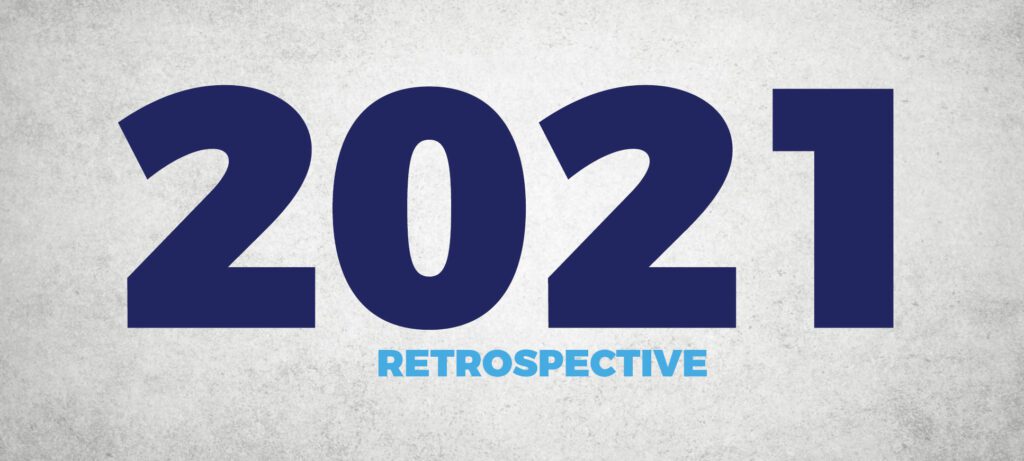As you already understand the basics of SEO for beginners, let’s show you what not to do.
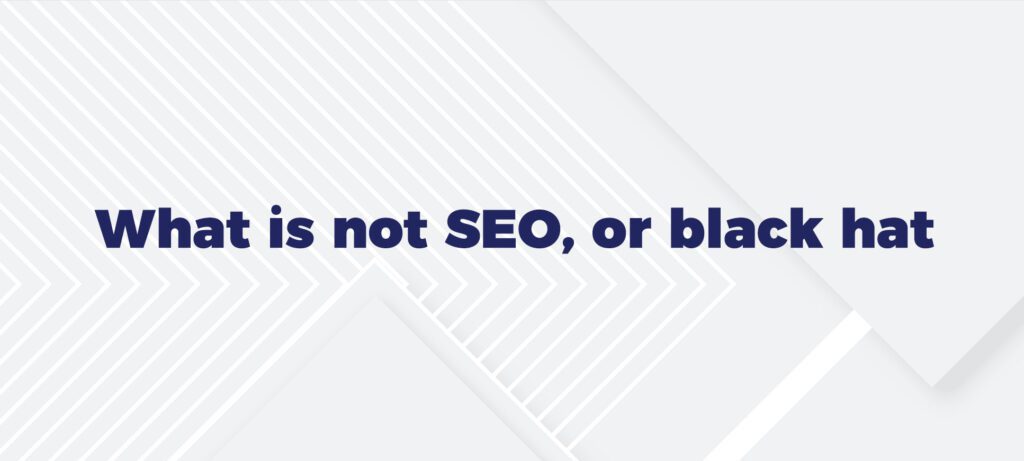
What is not SEO, or black hat.
Some practices are frowned upon by the search engines and may even receive punishment. So to make sure your site/blog has no problems here are some tips on what not to do:
The biggest problem is the keyword, and the following actions should not be used:
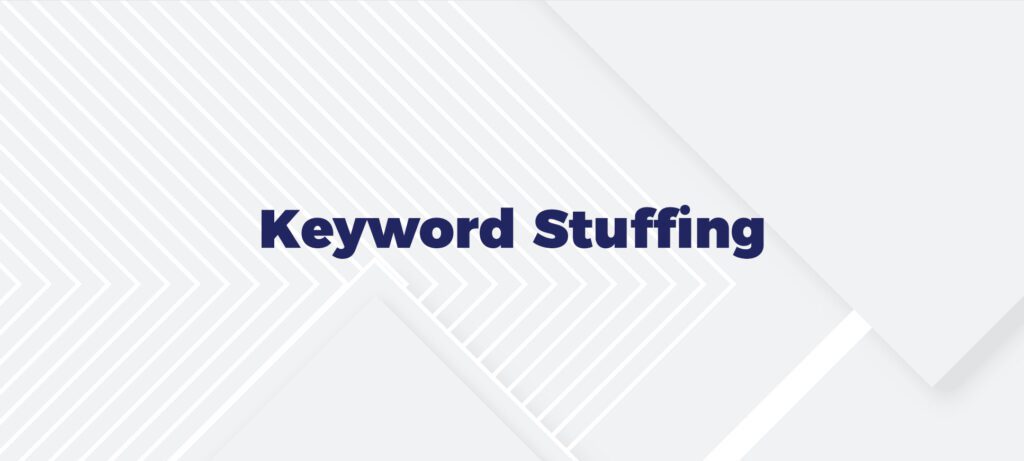
Keyword Stuffing
Writing texts that forcefully and exhaustively repeat a keyword can lead to punishment.
To ensure a good ranking the keyword must appear naturally in the text without disturbing the reading.

Unrelated Keyword
Create a page with keywords and links out of context, seeking to generate clicks and authority through the links.

Cloaking
This tactic disguises the links, showing different things to the user and the crawlers.
It consists of a technique that shows different content or URLs to users and Googlebot. This mechanism is considered black hat, that is, a non-recommended and punishable practice.
The problem with cloaking is that this technique deceives visitors, who hope to access certain information, but are faced with another. Therefore, it violates the rules for Google’s webmaster.
Examples of cloaking techniques:
Cloaking is punished by Google because it creates a bad user experience.
A practical example of how this used to happen was when an offensive website indicated to the search engine that it has cooking recipes.
In this situation, the visitor clicks because he believes that the link corresponds to his expectations. However, as soon as the page is completely loaded, he is surprised by content he did not request.
In addition, many use the technique to disseminate alarming and false news, the famous fake news. In these cases, the title tag and meta description can be about celebrities, but when the user clicks the content shown, it is about sports. This deception is therefore made to generate
more visits to a page.
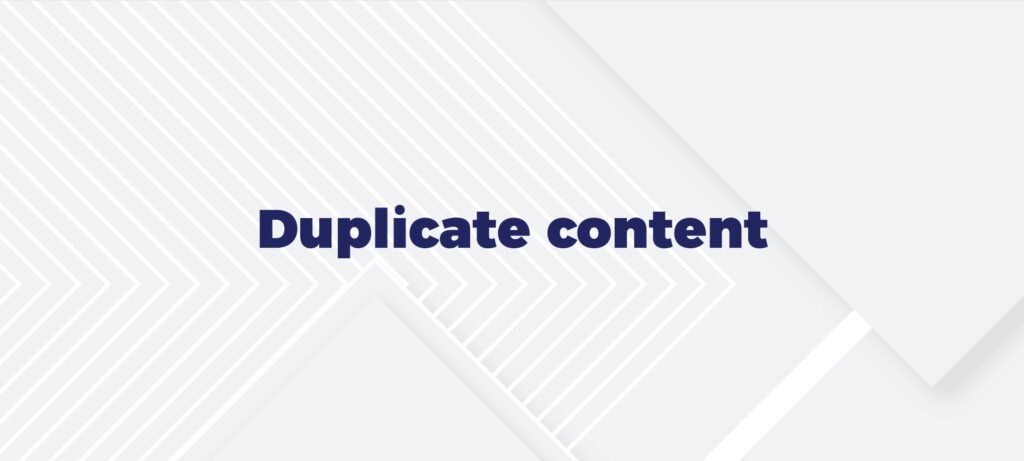
Duplicate content
For search engines, good content must be original, any text that is identical will have ranking problems.
In cases of duplicate content, the search engine will display only one website, giving priority to what was created first.
There are those who claim that the punishment for this type of practice can even exclude the entire domain from the search results, making the site effectively impossible to be found by this means.
There are several ways to “teach” search engines how to handle your duplicate content so that you can focus authority on the version you want:

Permanent Redirects – 301 redirect
It is actually a good practice. You can use it to send a user from a URL to another one if the original page has moved or changed. Sadly, over the years, it began to be used as a bad SEO technique.
Also known as redirect 301, they are made directly on the server and are used so that users no longer see the page in question, being automatically redirected to another specified page.
In doing so, the search engines understand that all authority that the page should be transferred to the redirect’s landing page.
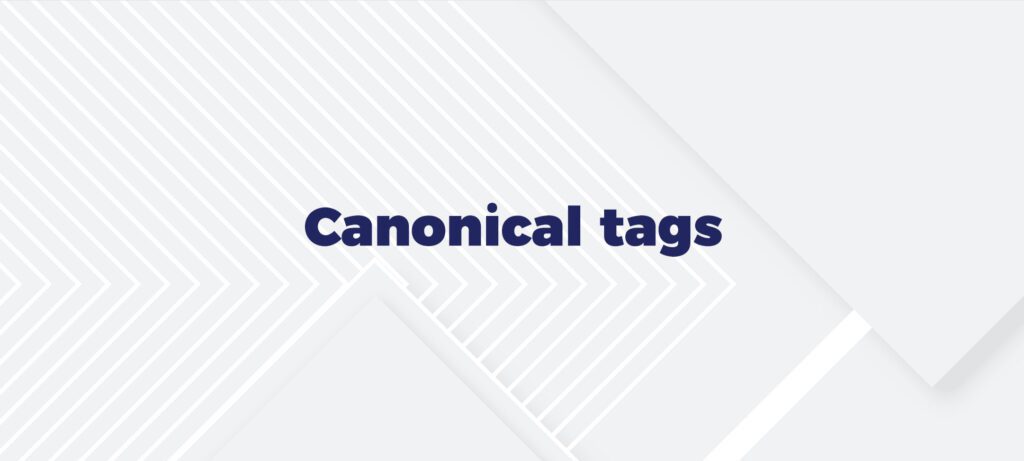
Canonical tags
While permanent redirects are made on the server, canonical tags are tags inserted directly into the page’s HTML code.
Basically, it specifies the “canonical” version of the content, that is, the URL of the original content. In this way, all authority for incoming links goes to the specified URL.
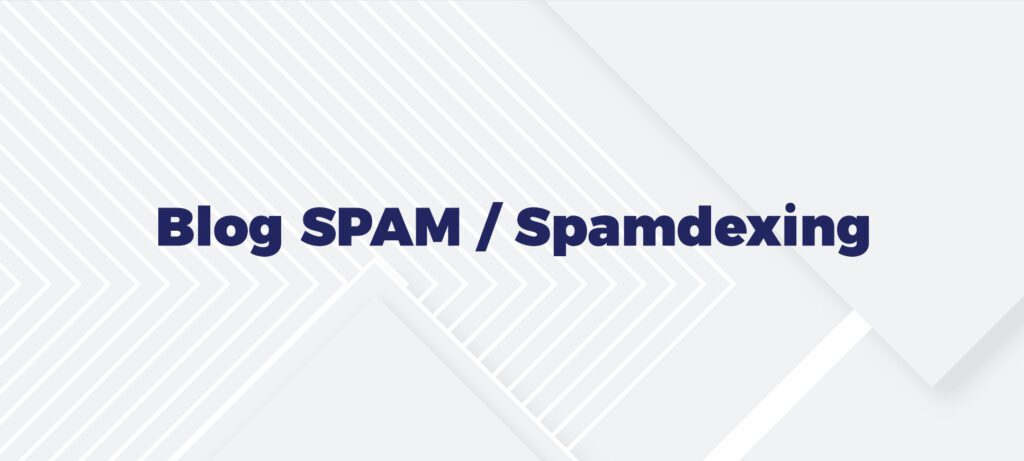
Blog SPAM / Spamdexing
This practice consists of making comments without relevance, just to include a link. It is done by posting (usually automatically) any comments, copying material (not original content) or promoting commercial services to your blog or site.
As we have seen in this article, there are several bad practices that can cause your site to be downgraded or the page to be banned.
In order not to let these problems happen with your site use tools like the Google Search Console mentioned in the previous article, and track your site’s performance on Google.
Wrote by: Ana Carla Soane
- Twitter rebranded as X
- Basic SEO strategy for beginners
- 2022 Design Relax retrospective:
- Hashtags – The strategy you need for growing your Instagram
- Adobe buys Figma – What to expect now?
- 2021 Design Relax – Retrospect


